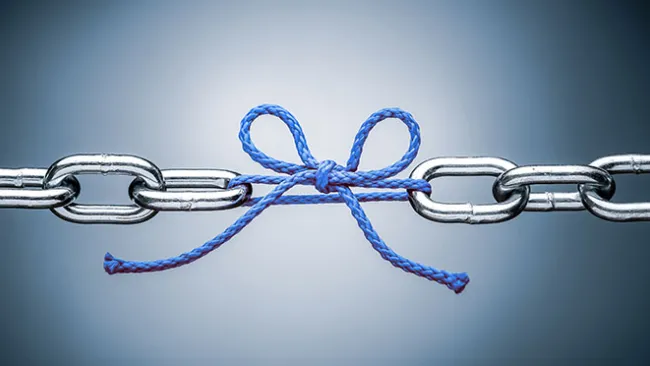One of the many lessons 2020 has taught us is that game time just isn't the same without fans. Sure, the game can still be played, as long as there are skilled teams following solid game plans – but dedicated fans can really put a team over the top, giving it that winning edge.
This is true as true in sales as is it in sports – probably more so. But what’s the best way to develop diehard fans?
Timothy Blank, a vice president at TTEC, recently spoke with Customer Strategist Journal Editor-in-Chief Elizabeth Glagowski about the crucial role practice plays in a sales team’s success. Here are some highlights from their discussion.
Value your customers
“Customer loyalty is absolutely critical,” said Blank, referring to both relationship-building and bottom-line benefits. “The proof is in the pudding for why you want to retain loyal customers.”
It typically costs five times as much to acquire a new customer than it does to retain an existing one, he said, and developing diehard fans can help brands score well into the future. Loyal customers are five times more likely than new ones to repurchase, five times more likely to forgive a bad experience, four times more likely to refer people, and seven times more likely to try a new offering.
True-blue fans can also be a slam dunk when it comes to sales.
“Converting is the ultimate goal,” Blank said, and brands typically have a 60 to 70 percent success rate when selling to existing customers, compared with a 5 to 20 percent success rate when selling to new ones.
It’s much easier, and more efficient, for brands to get to know an existing customer better than it is to learn about a brand-new customer. It makes sound financial sense too: increasing customer retention by 5 percent can increase profits anywhere from 25 to 95 percent, Blank said.
It’s also important to recognize a customer’s lifetime value, or the amount that customer will spend with a company over the duration of the relationship. Brands can boost that value by increasing the amount of the customer’s spend, lengthening the duration of the customer’s relationship with the brand, or both.
Cultivate relationships strategically
No one becomes a diehard fan overnight – or, in the sales world, after just one touchpoint. The key to turning casual buyers into loyal customers is delivering a great customer experience, and a key element on that front is having an omni-channel strategy.
“Customers want to be met where they want to be met, when they want to be met, and in the manner in which they want to be met,” said Blank. That may mean offering them the option of communicating through chat or voice offerings, for instance.
Customers’ expectations are changing; these days, they want the fastest, least expensive, and easiest way to interact with brands complete transactions. But even as the sales cycle gets quicker, it’s important to ensure each interaction with a customer is well thought out and intentional.
“Every interaction with a customer is a selling interaction,” said Blank. “Whether that is a typical sales interaction or even a service interaction, it should be viewed as a selling opportunity as you engage with your customers in varying levels.”
Every effort to attract and retain loyal fans should center around customer experience, he added. Once high-value customers are identified, developing rewards programs that are tailored to their needs – in a way that makes sense for your company – will help clinch the game.
“It’s very much about taking a customer-centered approach,” Blank said.















